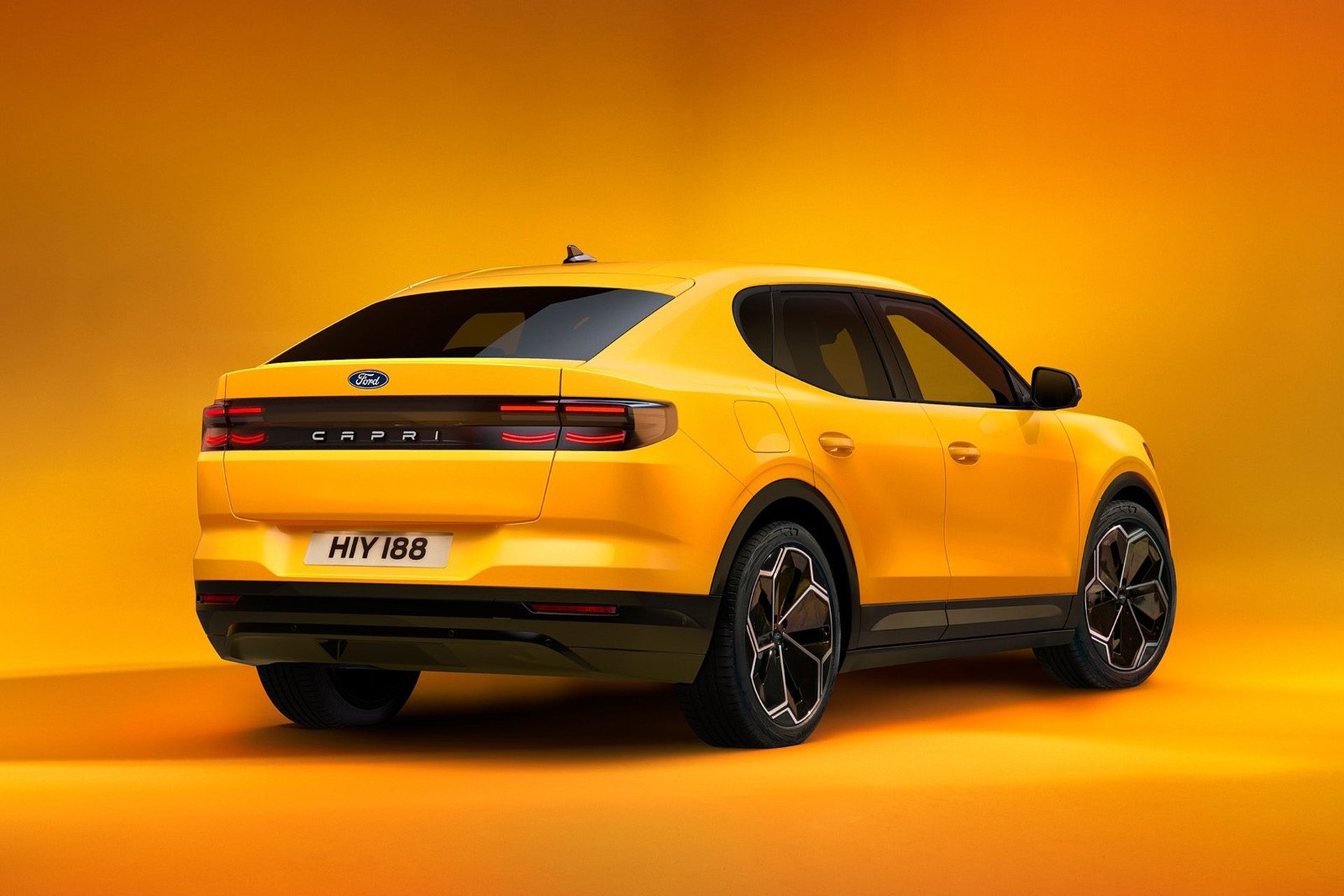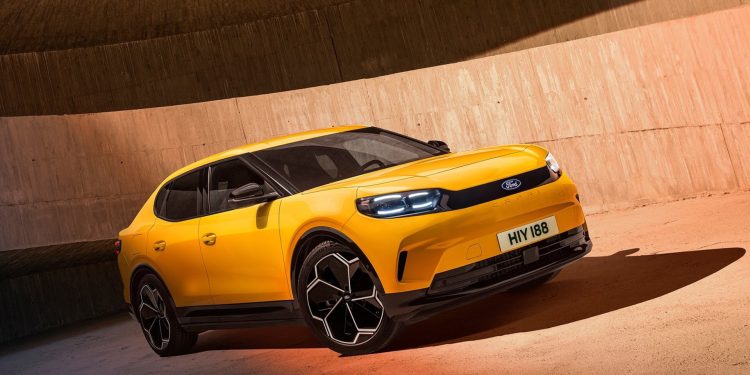Ford Capri Reincarnated as an Electric Crossover
Words NZ Autocar | Images NetCarShow
As suggested a month ago here, Ford has revived the Capri nameplate after it first launched 55 years ago. It made a comeback of sorts in the 90s as a front-drive turbocharged convertible with pop-up headlights. This one looks much better, though is electric only. Instead of a two-door coupe/convertible, it is now a crossover with saloon-like features, akin to rival Polestar 2. It is going on sale imminently in the UK, with pricing ranging from £42k-£56k. However, it is unlikely to ever sell here officially.
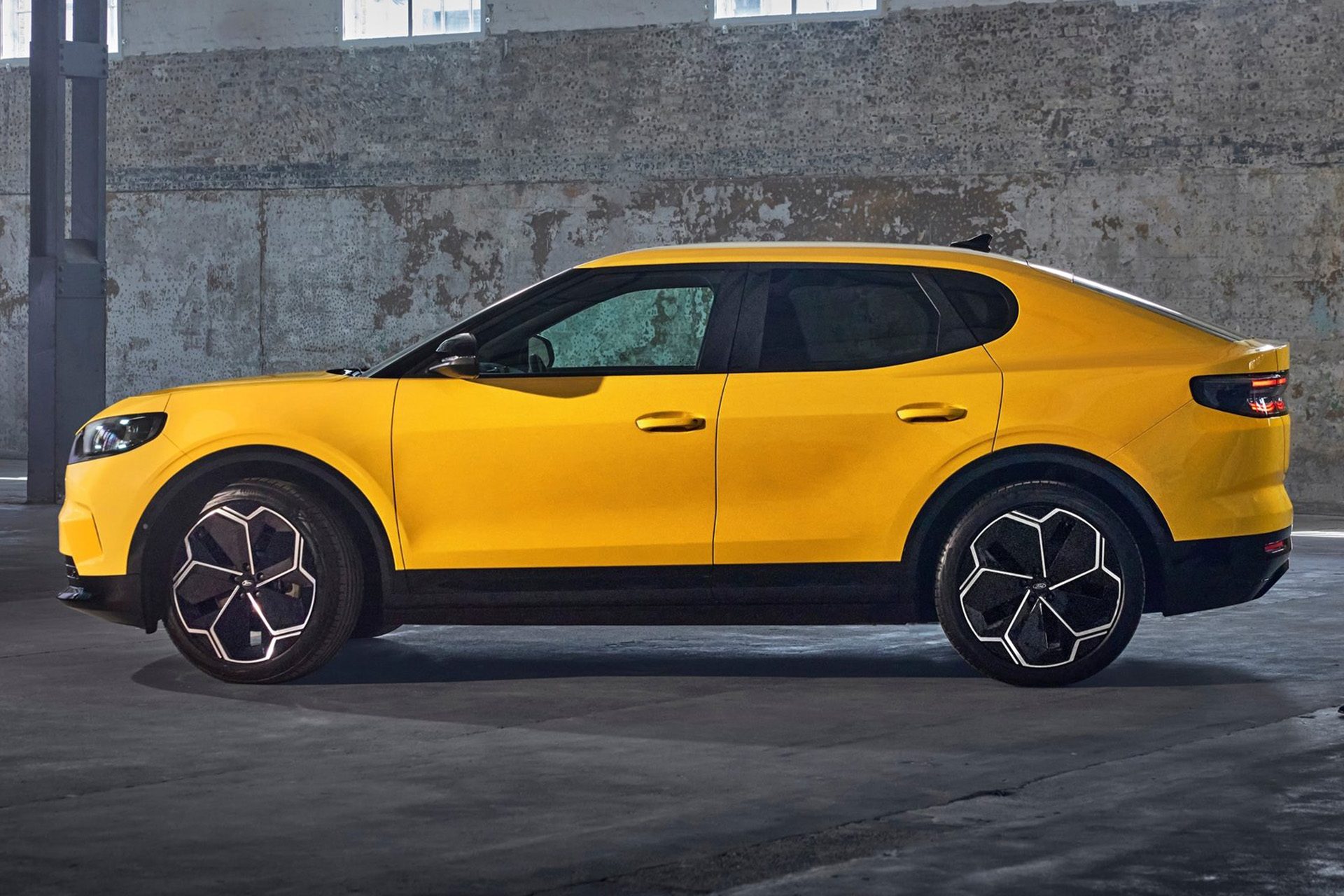
The electric Capri is derived from the Ford Explorer electric crossover with which it shares its VW-derived platform. It is produced alongside that car in Cologne, Germany. Capri rides 10mm lower on slightly stiffer suspension.
Ford Europe design boss, Amko Leenarts, led the Capri’s reinvention, the project kicking off in 2019. Bringing back familiar nameplates is part of Ford’s strategy to relive glory days. But it also allows for a point of difference in the electric car era where new Chinese EV start-ups have no history to draw upon.
Leenarts commented to Autocar UK: “The public loves that we’re bringing nameplates to new territories. It’s a “unique perspective that nobody else has”.
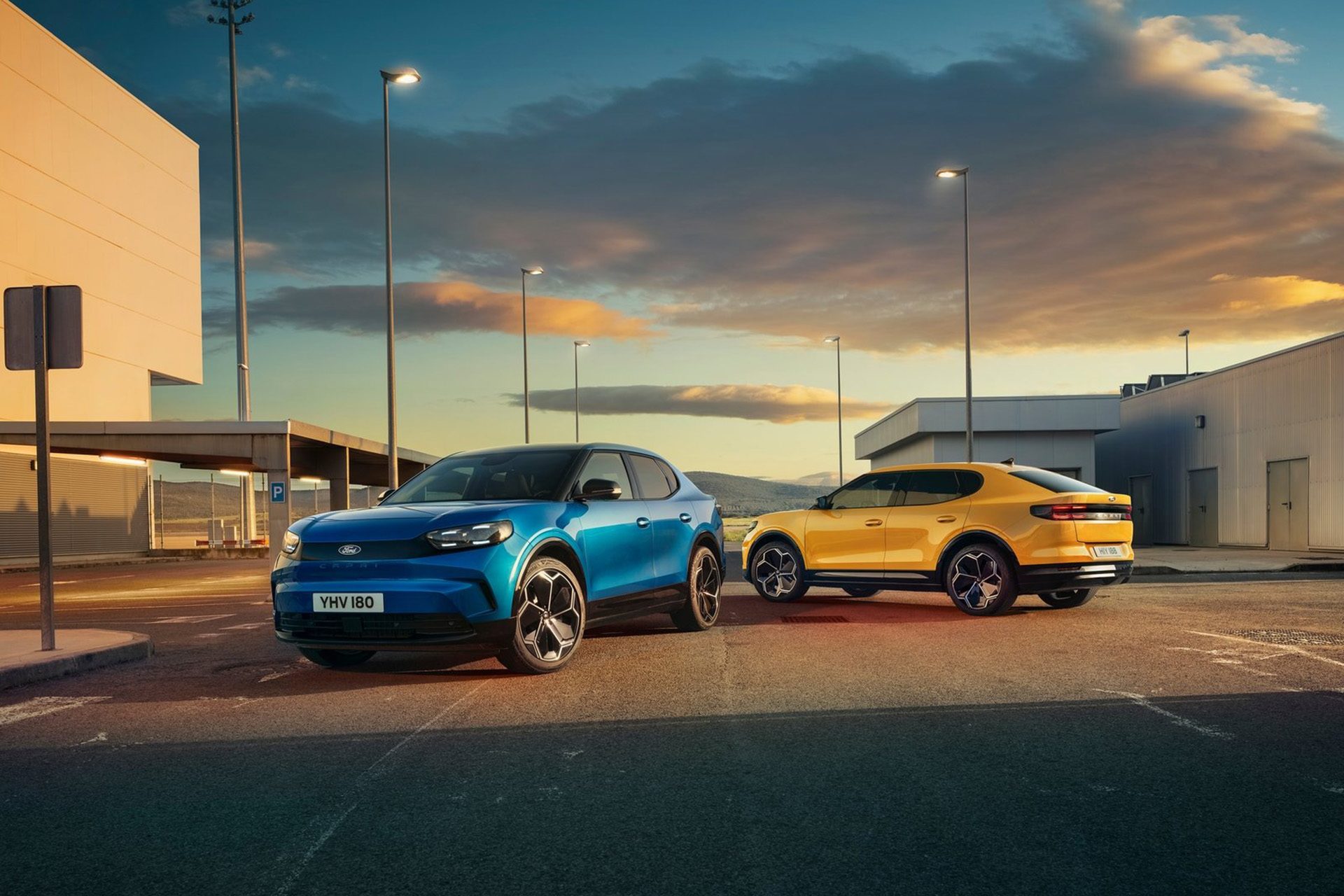
He said he enjoys the challenge of reinventing an older name.
The finished product hints at the original Capri, conveying something of its sporting spirit but also chases sales in Europe’s important mid-sized SUV market. It has a focus on spaciousness, practicality and utility.
Think ID.5 for size, with LxWxH dimensions of 4634mm, 1870mm and 1626mm tall, respectively. Kerb weight ranges from 2023kg to 2115kg, depending on model. Again that’s close to ID 5, on account of them sharing a common platform.
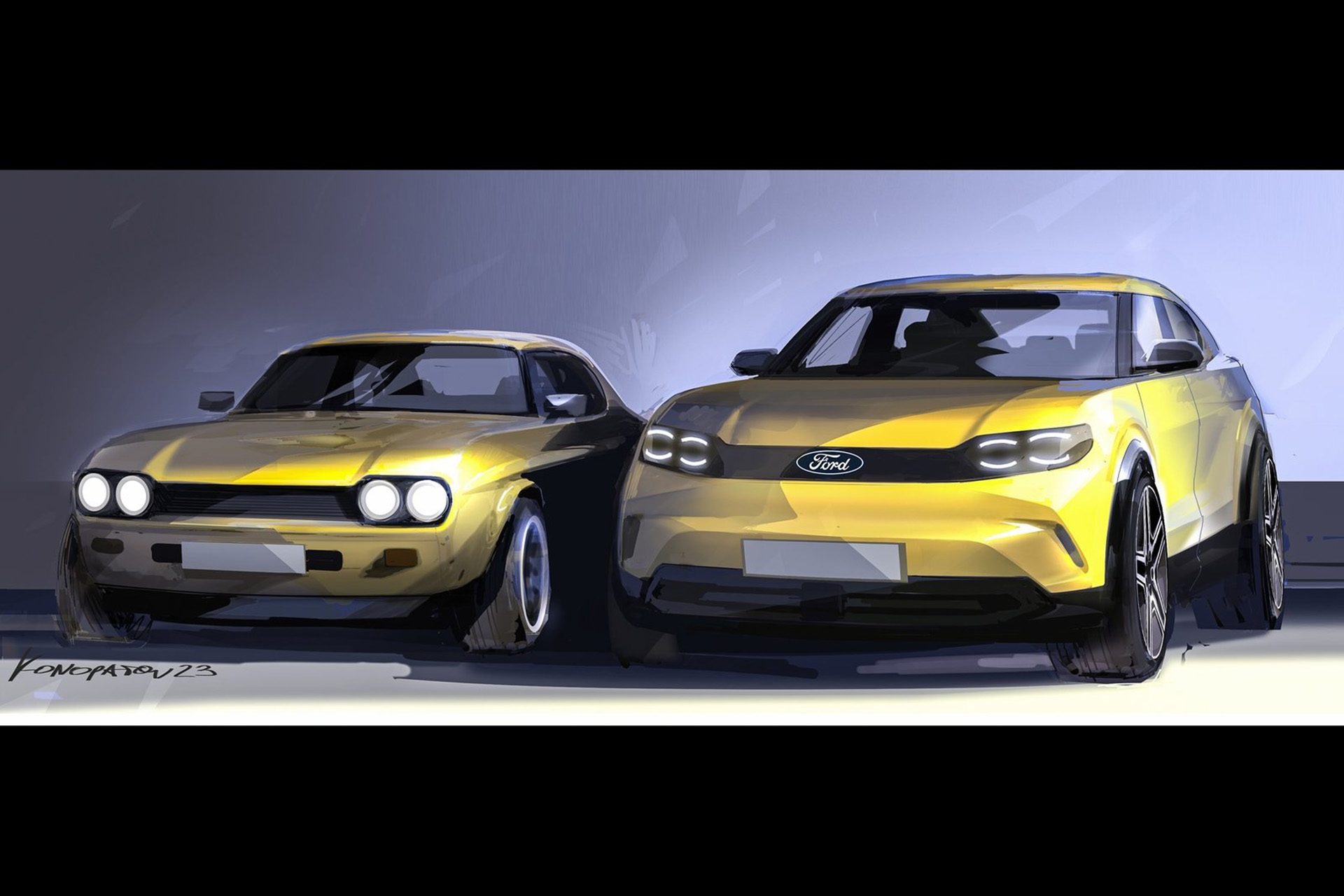
Where the electric Explorer is boxy, the Capri adopts a sleeker, more aerodynamic form. That gives it enhanced range compared with its more upright stablemate.
It too rides on the Volkswagen Group’s MEB architecture. There are likely to be three models, though little is known about the entry-level model as yet, aside from its 125kW motor and 52kWh battery pack. It is due out next year.
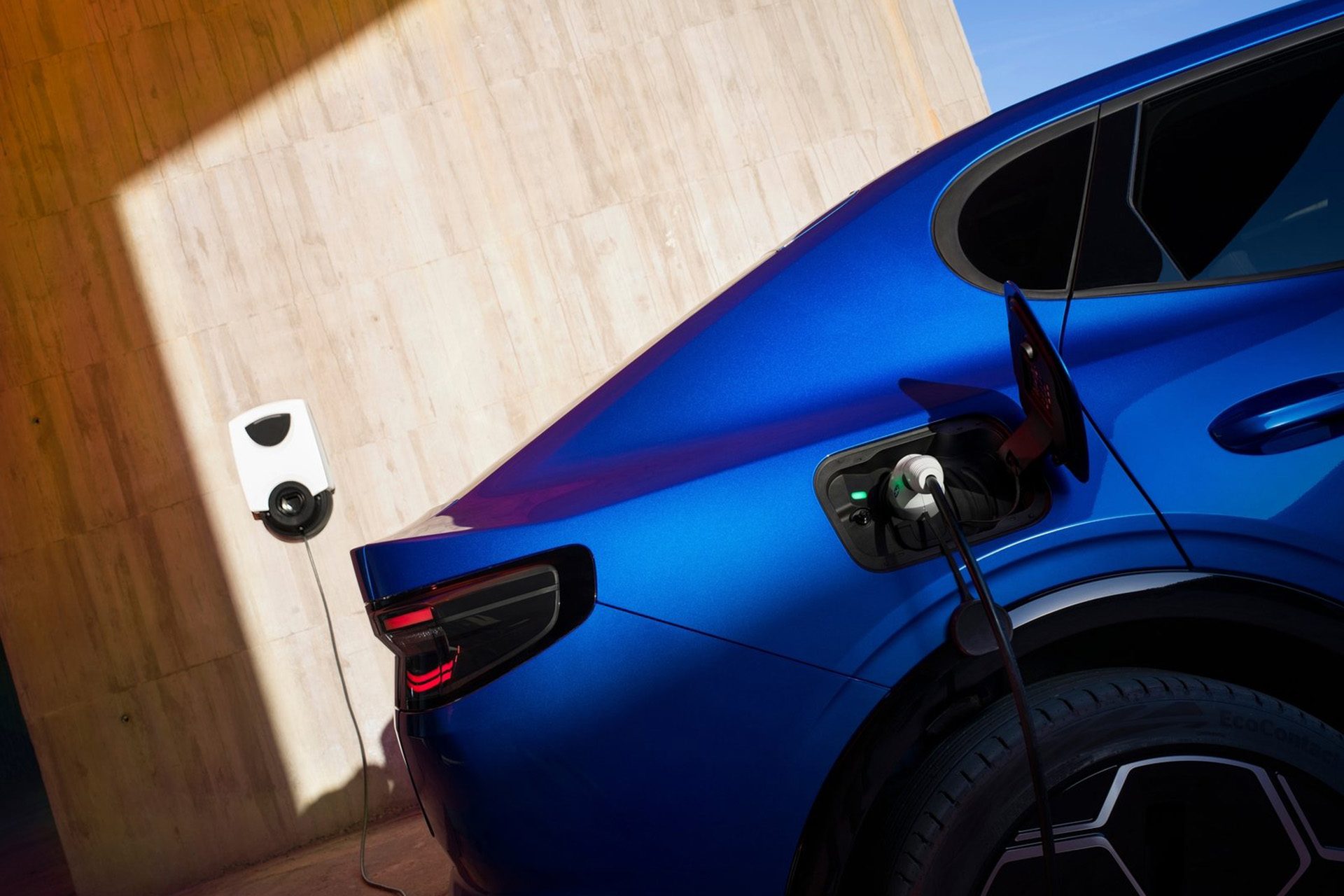
The intermediate model has a 210kW single motor at the rear, giving a 0-100km/h time of 6.4sec. A faster 250kW twin-motor model offers 0-100km/h performance of 5.3sec.
For the intermediate model, the battery pack is 77kWh usable, for a range of 627km. It can hook up to 135kW fast chargers, while the Premium model gets a 79kWh battery pack for a range of 589km. It can connect to DC fast chargers of up to 185kW and a 10-80 per cent recharge evidently takes 26min.
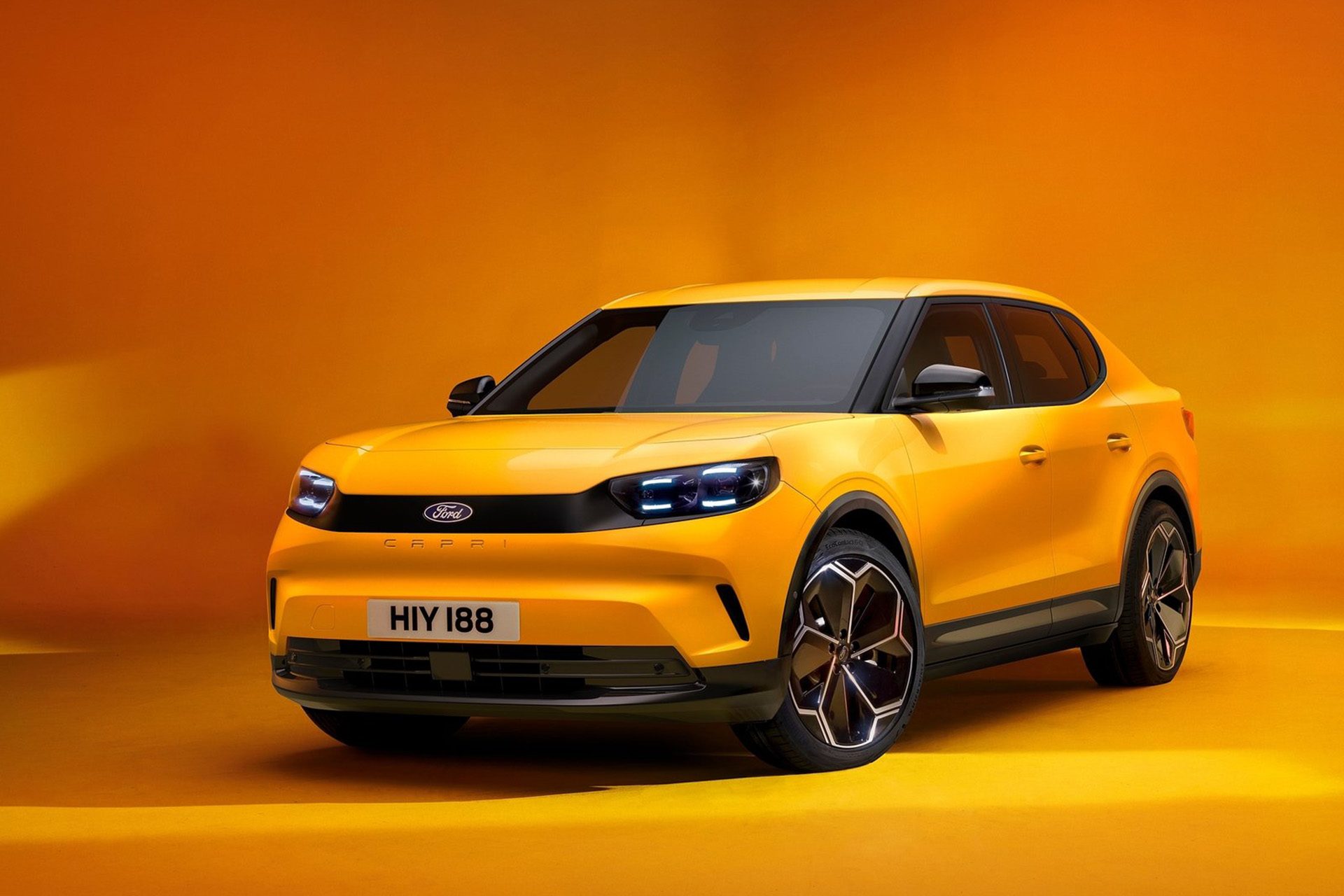
The Capri features a sloping roofline and a different front end from Explorer. Its distinctive LED headlights hark back to those of the Mk3 Capri. A wraparound contrasting grille, and similar rear end treatment are retro styling elements.
Ford says Capri has been designed to “continue the story of the iconic cult classic”. It has a “rebellious” spirit as evidenced by vibrant paint colours. The two hues here are Vivid Yellow and Blue My Mind.
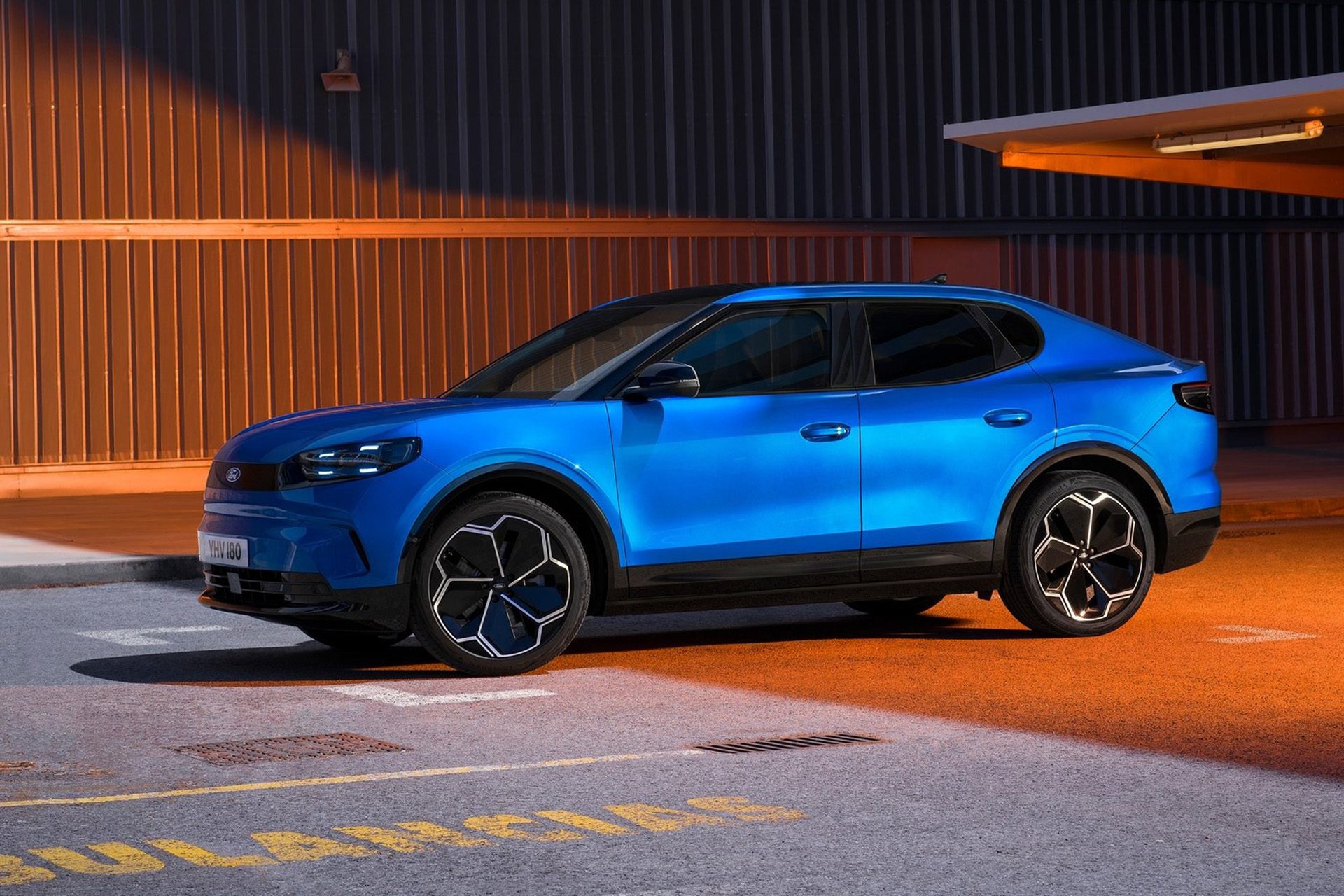
The cockpit reminds of Explorer’s, with a 14.6in central touchscreen. It slides backwards to reveal a hidden storage cubby with a wireless phone charger. In between the front seats is a sizable 17L central bin. A foldable boot floor offers up to 572L of storage space, with ample room for charge cables beneath.
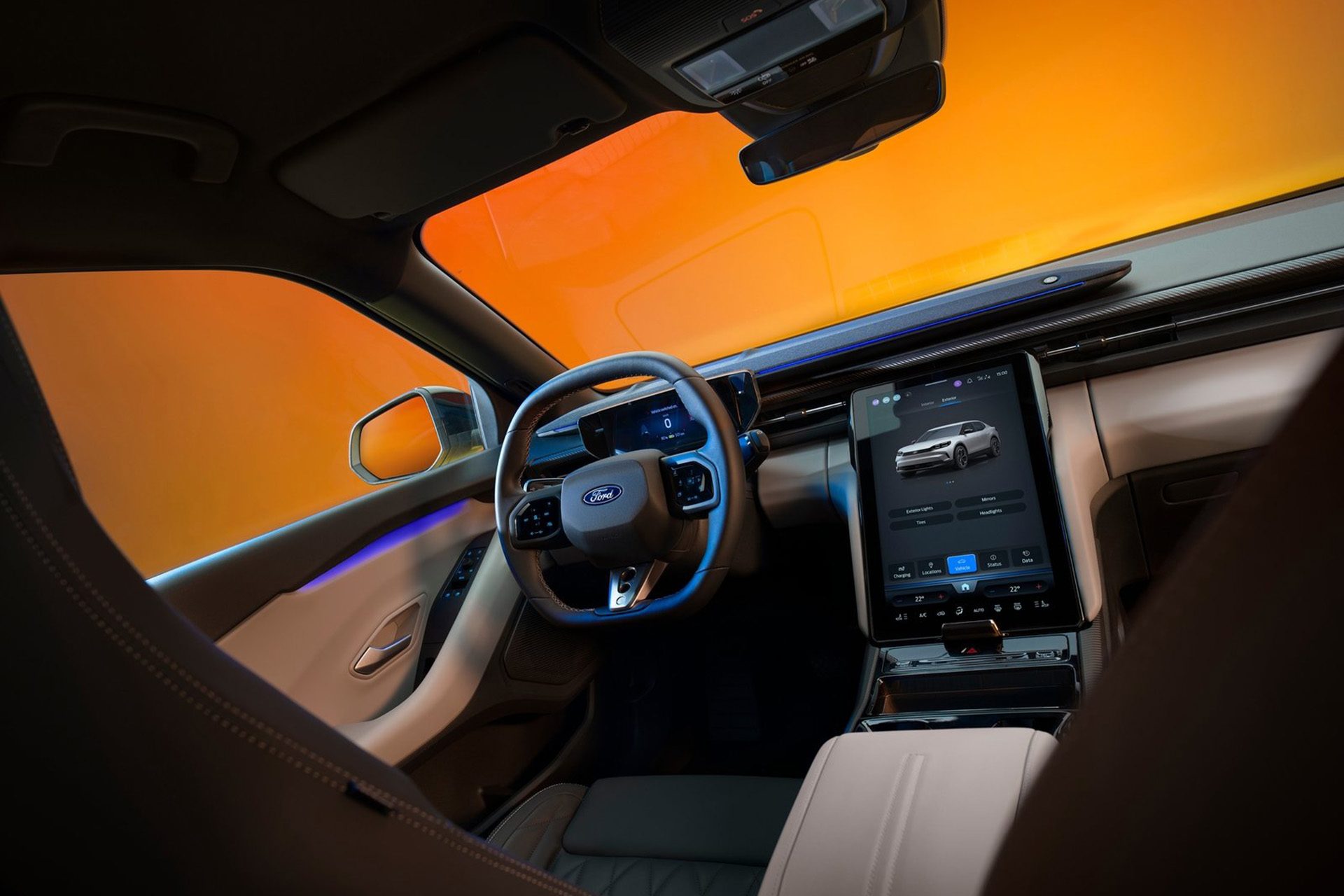
Base specification runs to heated and massaging front seats, sat-nav, adaptive cruise control, BSM and a reversing camera. Premium adds larger 20-inch wheels, matrix LED lights, panoramic sunroof, B&O stereo, leather upholstery, ambient lighting and a powered bootlid. Other notable interior items include one-piece sports seats up front and a squared-off steering wheel.
“Inside, I think this is exactly how an original Capri driver would have expected the future to feel,” said Leenarts.
